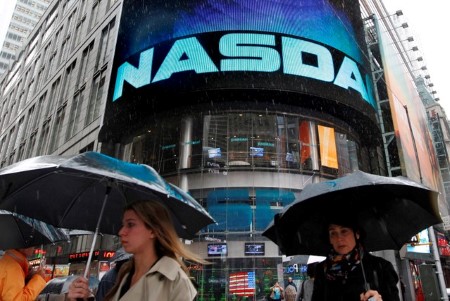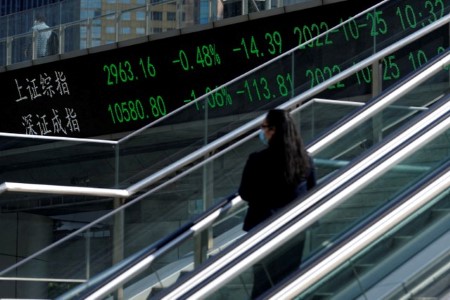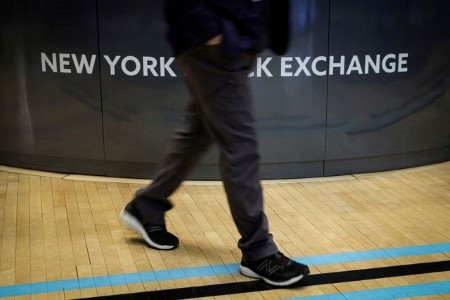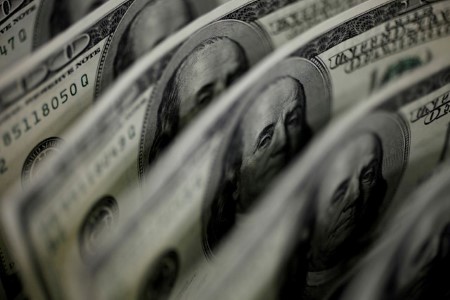NEW YORK, April 11 (Reuters Breakingviews) – If people get recession fatigue – tire of fretting about their financial fortunes and start spending again – couldn’t initial public offering drought fatigue happen, too? Recent data from Morgan Stanley’s equity capital markets team suggests that could be the case. And though it’s self-interested, there’s good reason to think that they are right.
Several venture-backed technology companies looking to go public last year pumped the brakes as the US Federal Reserve raised rates and riskier sectors fell out of favor. The IPO market came to a near-standstill, with just two tech companies listing on US exchanges all year. Despite a 16% surge in the tech-heavy Nasdaq Composite Index this year, corporate chieftains are still jittery about moving forward. Only two US-listed tech IPOs have been completed so far in 2023, leaving hotly anticipated names such as Reddit and Instacart still in the pipeline, where they have been sitting since 2021.
Historical precedent shows droughts only last so long. Even during last year, the worst for tech IPOs since 2001, the window only stayed shut for 272 days. Following the financial crisis, the market went without a listing for 237 days. Other recent closures, in 2016 and in 2020 after the Covid-19 outbreak, were shorter-lived.
The current drought is running on 62 days. Even if it beat the prior drought record by a day, the next IPO would come some time in early November. Sentiment towards tech companies has slowly been improving, along with the Nasdaq. In February, Instacart’s internal valuation increased 18% compared to last December. That’s probably 70% lower than two years ago, according to The Information, but moving in the right direction. Marketing automation firm Klaviyo has already hired Goldman Sachs GS.N for an IPO later this year, the Wall Street Journal reported last week.
Companies are in dire need of cash, and not just because they are burning it. Founders of Stripe, Patrick and John Collison, recently went hat in hand to private investors to appease employees who had been promised payouts despite taking a 50% knock on price. ECM bankers, who don’t get paid unless a deal is done, have also been doing quite a lot of work for free. The tech IPO market might open soon enough, if only because everyone is sick of being broke.
CONTEXT NEWS
Initial public offerings by US-listed technology companies sunk to their lowest levels last year since the global financial crisis of 2008, according to data compiled by Morgan Stanley. After a record-breaking 124 US-listed tech IPOs in 2021, only two such deals occurred in 2022, the data shows.
Since 2001, the IPO market for technology companies has not been closed for longer than 272 consecutive days, which it was in 2022, Morgan Stanley’s data shows.
The most recent US-listed technology IPO this year captured in the Morgan Stanley data was Chinese sensor maker Hesai Group’s USD 190 million upsized offering on February 10.
(Editing by Lauren Silva Laughlin and Sharon Lam)







 DOWNLOAD
DOWNLOAD










